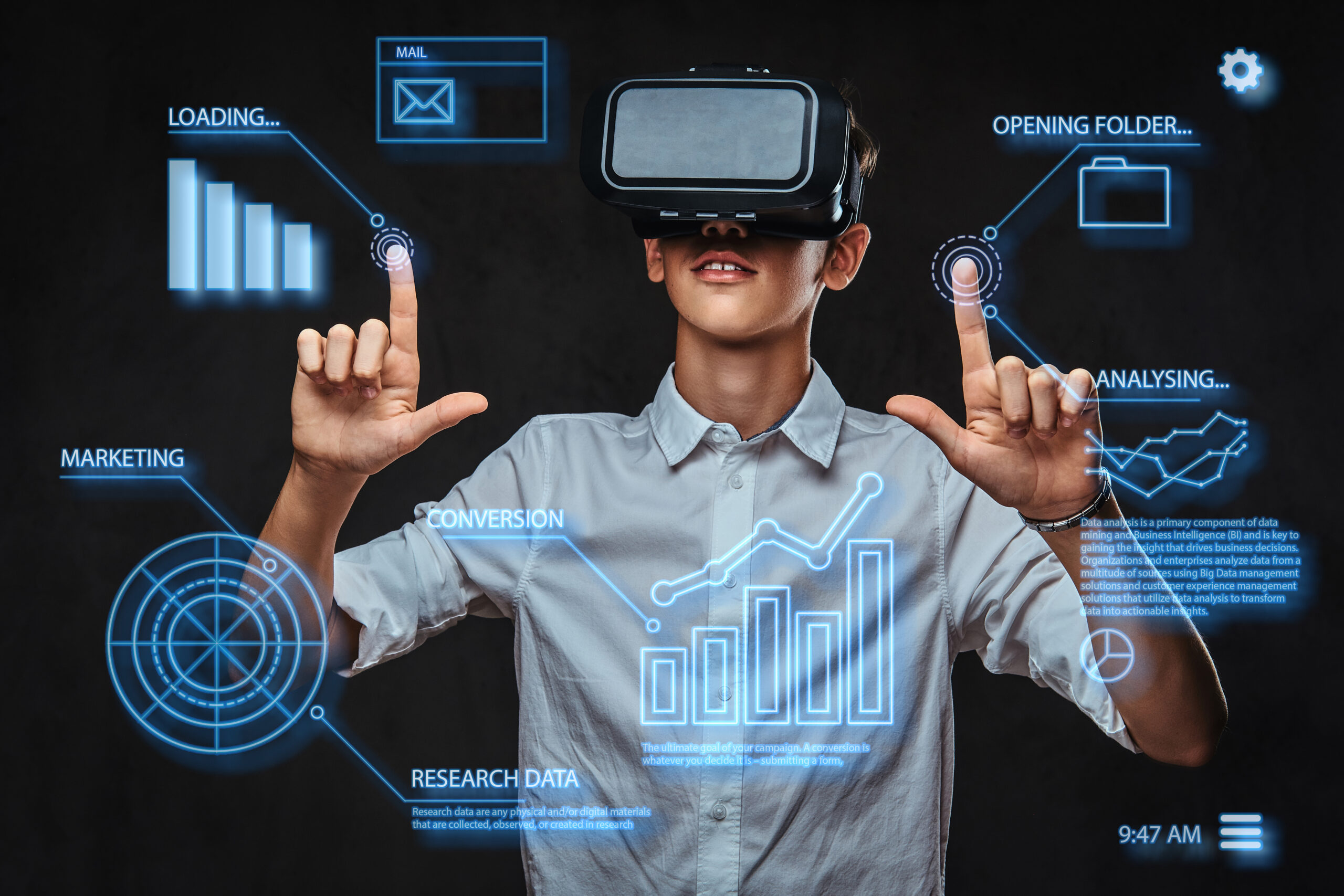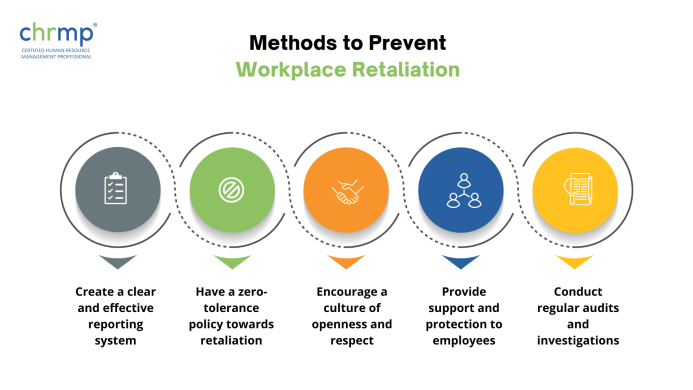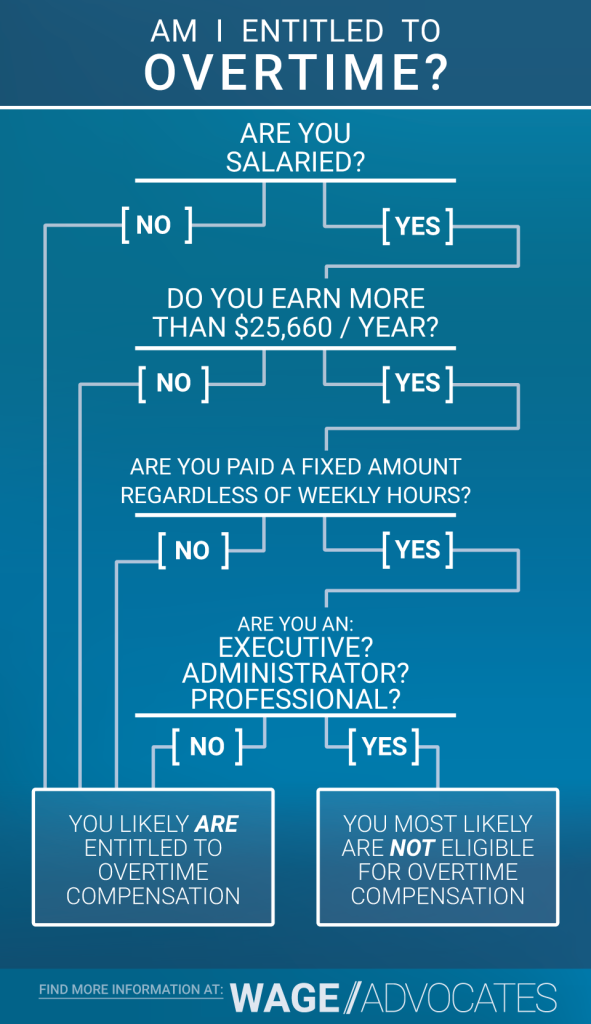
Gamification in Hiring: Does It Work? Unlocking Talent with Playful Assessments
In today’s fast-paced job market, finding the right talent is like searching for a needle in a haystack. Traditional hiring methods, often involving mountains of resumes and rigid interviews, can feel outdated, inefficient, and frankly, a bit boring for both recruiters and candidates. Enter gamification in hiring – a revolutionary approach that aims to make the recruitment process more engaging, insightful, and even fun.
But is it just a trendy buzzword, or does it actually work? Let’s dive deep into the world of gamified recruitment, exploring its benefits, challenges, and whether it truly helps companies find their next superstar employees.
What Exactly Is Gamification in Hiring?
At its core, gamification is the application of game-design elements and game principles in non-game contexts. When applied to hiring, it means incorporating elements like:
- Points: Earning scores for completing tasks or answering questions correctly.
- Badges: Digital awards for achieving specific milestones or demonstrating certain skills.
- Levels: Progressing through different stages of an assessment or application.
- Leaderboards: Seeing how your performance stacks up against other candidates (often anonymously).
- Challenges/Quests: Solving puzzles, completing simulated tasks, or making decisions in a scenario.
- Storytelling: Immersing candidates in a narrative or a "day in the life" scenario.
It’s important to clarify: Gamification in hiring isn’t about playing "Fortnite" during an interview. Instead, it’s about making the assessment process more interactive, engaging, and reflective of real-world job demands, often through specially designed online platforms or apps.
How Does Gamification Work in the Hiring Process?
Gamified elements can be integrated into various stages of the recruitment funnel:
- Pre-Application Engagement: Companies might use simple quizzes or interactive challenges on their career pages to attract potential candidates and give them a taste of the company culture.
- Initial Screening & Assessment: This is where gamification shines brightest. Instead of just reviewing resumes, candidates might complete:
- Cognitive Ability Games: Puzzles and logic challenges that assess problem-solving skills, memory, and attention to detail.
- Personality & Cultural Fit Games: Scenario-based games where candidates make decisions that reveal their work style, values, and how well they might align with the company’s culture.
- Skill-Based Simulations: Interactive tasks that mimic real job responsibilities. For example, a customer service role might involve handling simulated customer complaints, or a developer role might require debugging code in a game-like environment.
- Virtual Job Fairs & Employer Branding: Interactive booths, virtual escape rooms, or competitive challenges can make online recruitment events more dynamic and memorable.
- Onboarding: While not strictly "hiring," gamification can extend to the onboarding process to make new employee orientation more engaging and help them quickly learn company policies and tools.
The Potential Benefits: Why Companies Are Playing the Game
Companies are increasingly turning to gamification for a variety of compelling reasons:
-
1. Enhanced Candidate Experience:
- More Engaging: Traditional application processes can be tedious. Gamified assessments are often more enjoyable, reducing candidate fatigue and stress.
- Increased Completion Rates: Candidates are more likely to complete an interactive assessment than a long, dry questionnaire.
- Positive Brand Perception: Companies that use innovative hiring methods are seen as modern, tech-savvy, and forward-thinking, which boosts their employer brand.
-
2. Wider & More Diverse Talent Pool:
- Attracts Gen Z & Millennials: These generations grew up with games and digital interaction, making gamified assessments particularly appealing to them.
- Reduces Application Barriers: Gamified assessments can often be completed on mobile devices, making them accessible to a wider range of candidates, including those without consistent access to a desktop computer.
- Focus on Potential, Not Just Experience: By assessing innate skills and problem-solving abilities, companies can identify high-potential candidates who might not have a traditional resume but possess the right aptitude.
-
3. Deeper Insights into Candidate Skills & Traits:
- Objective Data: Gamified assessments generate quantifiable data on performance, allowing for more objective comparisons between candidates.
- Beyond the Resume: They can reveal soft skills (like resilience, collaboration, critical thinking) and cognitive abilities that are hard to gauge from a resume or even a standard interview.
- Predictive Power: Well-designed games can be highly predictive of job performance by simulating real-world challenges.
-
4. Reduced Time-to-Hire & Cost-Efficiency:
- Automated Screening: Gamified assessments can automatically filter out unsuitable candidates, significantly reducing the manual effort for recruiters.
- Faster Shortlisting: With quick, data-driven insights, companies can identify top candidates more rapidly.
- Fewer Interviews: By getting more comprehensive data upfront, companies might need fewer rounds of interviews, saving time and resources.
-
5. Reduced Unconscious Bias:
- Standardized Evaluation: Everyone goes through the same game, under the same rules, and is evaluated on the same metrics.
- Focus on Performance: The focus shifts from superficial resume details (like name, age, gender, education institution) to actual performance within the game, which can help mitigate biases.
The Potential Challenges: Is It All Fun and Games?
Despite the exciting possibilities, gamification in hiring isn’t without its hurdles:
-
1. Cost & Complexity of Development:
- Initial Investment: Developing or licensing high-quality, scientifically validated gamified assessments can be expensive.
- Integration: Integrating these new tools with existing Applicant Tracking Systems (ATS) can be complex.
-
2. Designing Effective Games:
- Not Just "Fun": A game needs to be more than just entertaining; it must accurately assess relevant skills and predict job performance. Poorly designed games can be ineffective or even counterproductive.
- Expertise Needed: This often requires a blend of HR expertise, game design principles, and psychometric knowledge.
-
3. Fairness & Accessibility Concerns:
- Digital Divide: Not all candidates have equal access to reliable internet, modern devices, or a quiet space to complete online assessments.
- Disabilities: Ensuring accessibility for candidates with disabilities (e.g., visual impairments, motor skill challenges) is crucial and can be challenging in a game format.
- Game Familiarity: Some candidates might be less familiar or comfortable with game mechanics, potentially putting them at a disadvantage, regardless of their actual job skills.
-
4. Potential for Misinterpretation or Over-Reliance:
- Black Box Effect: If recruiters don’t understand what the game is measuring and why, they might blindly trust the scores without critical analysis.
- Not a Replacement for Human Interaction: Gamified assessments provide data, but they don’t replace the nuanced insights gained from interviews, cultural fit discussions, and human judgment.
-
5. Candidate Perception & Trust:
- Seen as Frivolous? Some candidates might not take a "game" seriously, or might view it as a gimmick rather than a professional assessment.
- Data Privacy: Concerns about how their performance data is collected, stored, and used.
So, Does Gamification in Hiring Really Work? The Verdict
The short answer is: Yes, when done right, gamification in hiring can be incredibly effective.
It’s not a magic bullet that solves all recruitment woes, but it is a powerful tool that, when strategically implemented, can significantly enhance the hiring process.
-
It works best when:
- The games are relevant to the job requirements and measure specific, desired competencies.
- They are scientifically validated to ensure accuracy and fairness.
- They are integrated thoughtfully into a broader recruitment strategy, rather than being a standalone solution.
- The company communicates clearly to candidates about the purpose of the gamified assessment.
-
It may not work as well if:
- The games are generic, poorly designed, or don’t truly assess job-relevant skills.
- The company relies solely on game scores without considering other aspects of a candidate’s profile.
- Accessibility and fairness issues are not addressed.
Companies like Unilever, Marriott, and Deloitte have reported positive results, including increased candidate engagement, faster hiring cycles, and a higher quality of hire, after implementing gamified assessments. They demonstrate that when the technology is robust and the strategy is sound, gamification moves beyond a fad to become a valuable part of modern talent acquisition.
Best Practices for Implementing Gamification in Hiring
If you’re considering introducing gamification into your hiring process, keep these best practices in mind:
- 1. Define Clear Goals: What specific skills or traits do you want to assess? How will the gamified assessment help you achieve your hiring objectives?
- 2. Choose or Design Relevant Games: Ensure the games directly relate to the job role and measure competencies that are critical for success in that position. Avoid generic games that don’t provide meaningful insights.
- 3. Prioritize Fairness & Accessibility:
- Ensure the platform is mobile-friendly and accessible on various devices.
- Provide clear instructions and support for candidates.
- Consider alternative assessment methods for candidates who may face accessibility challenges.
- 4. Integrate with Your ATS: Seamless integration ensures data flows smoothly and that the gamified assessment is a natural part of your recruitment workflow.
- 5. Provide Feedback (Where Possible): Offering candidates some feedback on their performance, even if they don’t get the job, can enhance their experience and reinforce a positive employer brand.
- 6. Test and Iterate: Pilot the gamified assessment with a small group first, gather feedback, and make adjustments before a full rollout. Continuously monitor its effectiveness and refine as needed.
- 7. Don’t Overdo It: Gamification is a powerful tool, but it’s one piece of the puzzle. It should complement, not completely replace, other valuable hiring methods like interviews and background checks.
The Future of Gamification in Hiring
The trend towards gamification in hiring is only expected to grow. As technology advances, we’ll likely see:
- More Sophisticated AI Integration: AI can personalize game challenges, analyze complex behavioral patterns, and provide even deeper insights into candidate potential.
- Wider Adoption of VR/AR: Virtual Reality and Augmented Reality could create even more immersive and realistic job simulations, allowing candidates to truly experience a day in the life.
- Increased Focus on Soft Skills: As automation handles more routine tasks, the demand for human-centric soft skills like creativity, empathy, and adaptability will rise, making gamified assessments ideal for measuring these harder-to-quantify traits.
Conclusion
Gamification in hiring is far more than just a passing trend; it’s a strategic evolution in how companies attract, assess, and engage with talent. While it comes with its own set of challenges, the benefits of enhanced candidate experience, deeper insights into skills, and the potential for reduced bias are compelling.
For companies looking to stand out in a competitive talent landscape and truly understand the capabilities of their applicants, embracing gamified assessments – with careful planning and execution – is a smart move. It’s about making recruitment not just effective, but also enjoyable, paving the way for a more engaged workforce and stronger organizational growth.
Does it work? Yes, when the game is played right.




Post Comment